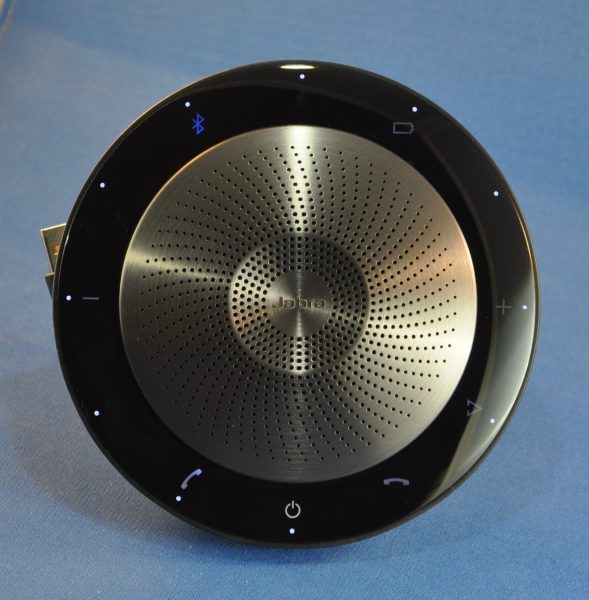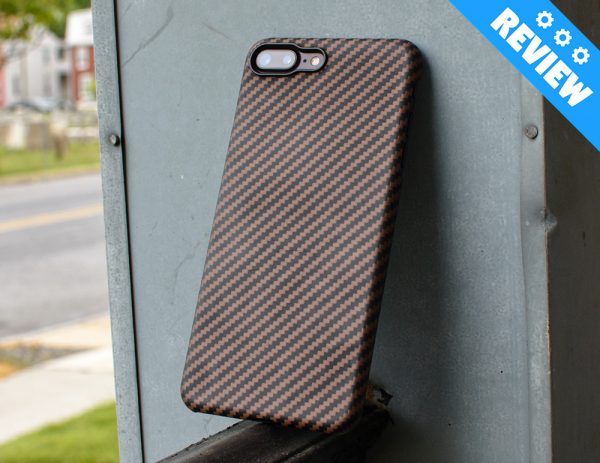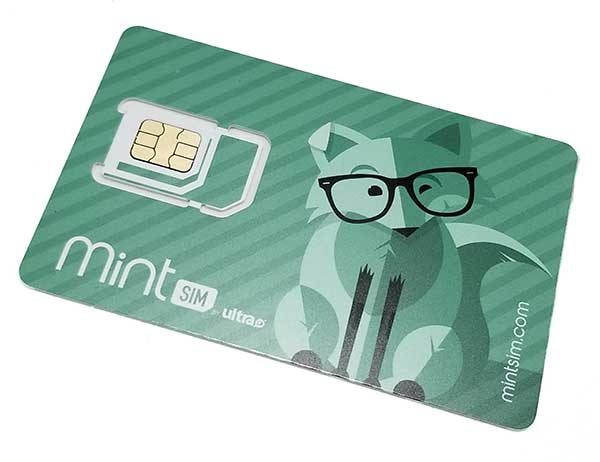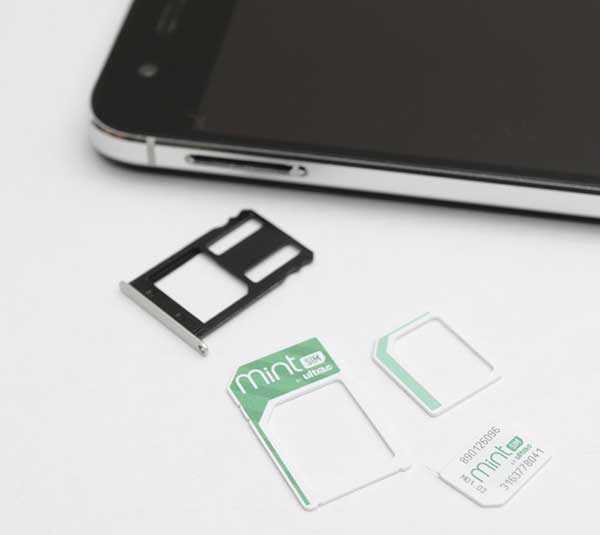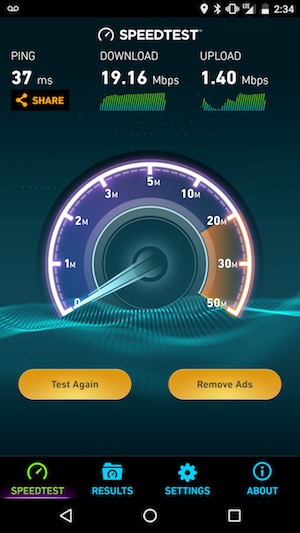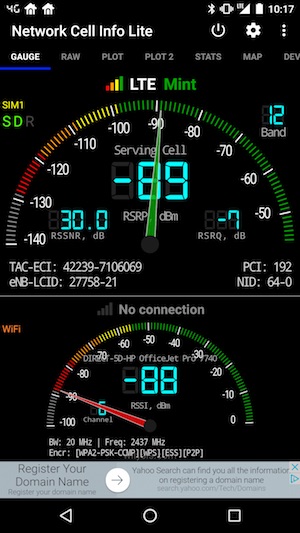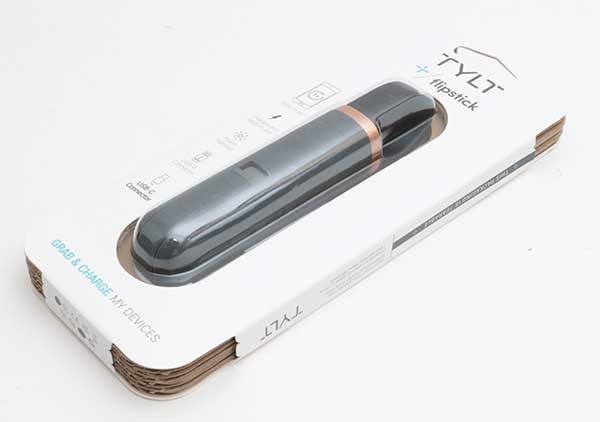
What’s the worst tech catastrophe that is only a few minutes or hours away from occurring to you every single day? A dead smartphone battery! If you’re not near an outlet, the threat of no juice is a real nightmare. Am I being melodramatic? Only barely. We count on our phones for so many reasons that backup battery power is a very important commodity. Just like we might carry snacks with us in our gear bag, we should also carry extra power with us for those times when we are away from the power grid and see the dreaded low battery notification. One potential solution is the TYLT FLIPSTICK Portable Power Pack. Let’s check it out.
What is it?
The TYLT FLIPSTICK is a 3,350 mAh portable power supply that is available with a USB Type-C connector, micro-USB connector, or a Lightning connector (for $10 extra).
Design and features

The FLIPSTICK is a 5.25-inch long tube shaped backup battery with a soft touch rubber covering.

Available in gray or blue, the FLIPSTICK has a built-in USB cable that plugs into the top of the FLIPSTICK to create a loop that you can use to attach the FLIPSTICK to a strap on your bag, your belt loop, or something else.

The cable is about 4 inches long on a flexible, soft cable.
In the image above you can also see a + etched into the rubber covering. Below the + is a line of 4 LEDs that light up to show the FLIPSTICK’s battery capacity while charging your device and while the FLIPSTICK itself is charging. Below the bank of status LEDs is a slight divot that is a button that you click to see the current battery capacity status.

On the other end of the FLIPSTICK is the cable that you plug in to your USB Type-C device, micro USB device, or Lightning connector device.
Putting the FLIPSTICK to use

Using the TYLT FLIPSTICK is very easy. First, you plug the black USB cable into a USB port on your computer or a USB AC adapter to charge the FLIPSTICK. You’ll know when it’s finished charging by keeping an eye on the status LEDs. When all 4 LEDs light up, it’s fully charged.
TYLT sent me the USB Type-C version of the FLIPSTICK which I tested with my Nexus 6P which has a 3450mAh battery. Remember that the FLIPSTICK has a battery capacity of 3350 mAh.
Test 1: 6:10 am, the Nexus 6P was at 12% battery when I plugged in the TYLT FLIPSTICK.
The FLIPSTICK ran out of juice at 7:47 am when the Nexus 6P had been recharged to 77%.
7:47 am, plugged the FLIPSTICK into a USB port on a Dell laptop to recharge. The FLIPSTICK was fully recharged at 10:30 am.
… the next day…
Test 2: 7:36 am, the Nexus 6P was at 8% battery capacity when I plugged in the fully charged FLIPSTICK.
The FLIPSTICK ran out of juice at 9:00 am when the Nexus 6P was recharged back up to 73%.
4:07 pm, plugged the FLIPSTICK into a USB AC adapter to recharge. The FLIPSTICK was fully recharged at 7:00 pm.
Final thoughts
Does the TYLT FLIPSTICK provide auxiliary power to USB TYPE-C, micro USB, or Lightning connector capable devices? Yes.
Does the TYLT FLIPSTICK have fast charging capabilities? No.
Can the TYLT FLIPSTICK completely recharge a device’s battery? That depends on the battery capacity of the device and herein lies my main issue with the TYLT FLIPSTICK. It just doesn’t offer enough juice for the price. I can find a huge assortment of backup batteries for $30 that have 2 even 5 times the battery capacity of the 3350 mAh FLIPSTICK.
While the TYLT FLIPSTICK is well made and easy to use, it doesn’t offer enough bang for your buck. My advice is to keep shopping.
Source: The sample for this review was provided by TYLT. Please visit their site for more info and Amazon to order.
Product Information
| Price: | $29.99 |
| Manufacturer: | TYLT |
| Retailer: | Amazon |
| Pros: |
|
| Cons: |
|
Filed in categories: Reviews
Tagged: Batteries and Chargers
TYLT FLIPSTICK Portable Power Pack review originally appeared on on May 18, 2017 at 11:00 am.
Note: If you are subscribed to this feed through FeedBurner, please switch to our native feed URL http://the-gadgeteer.com/feed/ in order to ensure continuous delivery.


